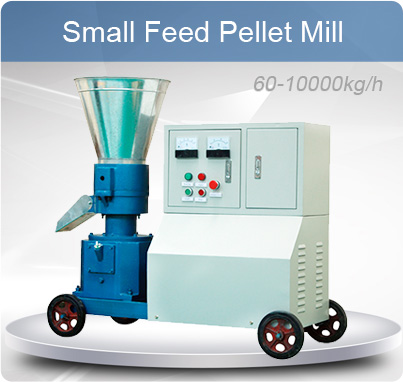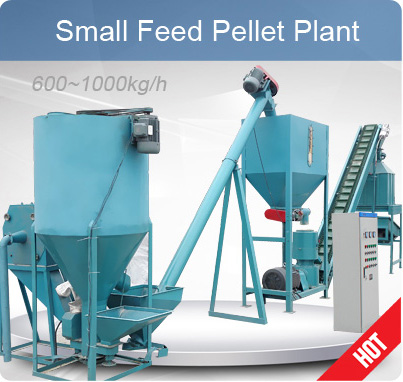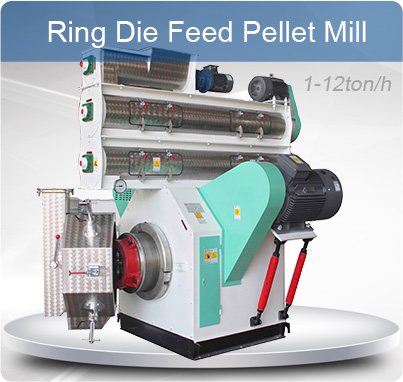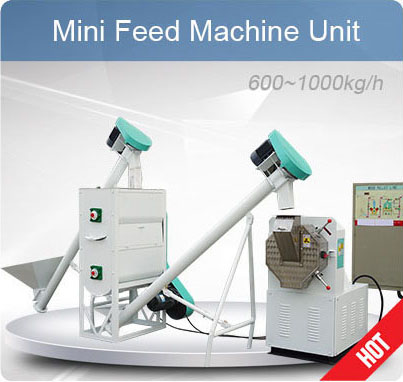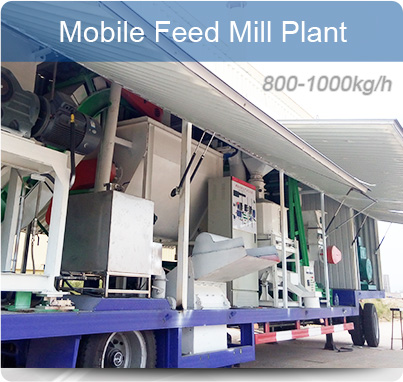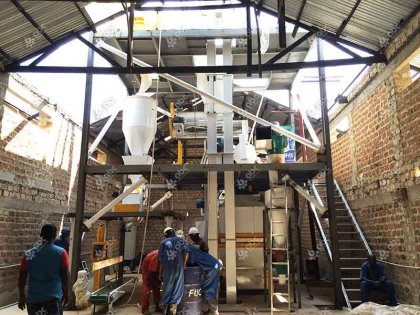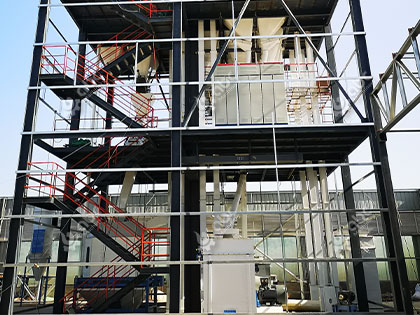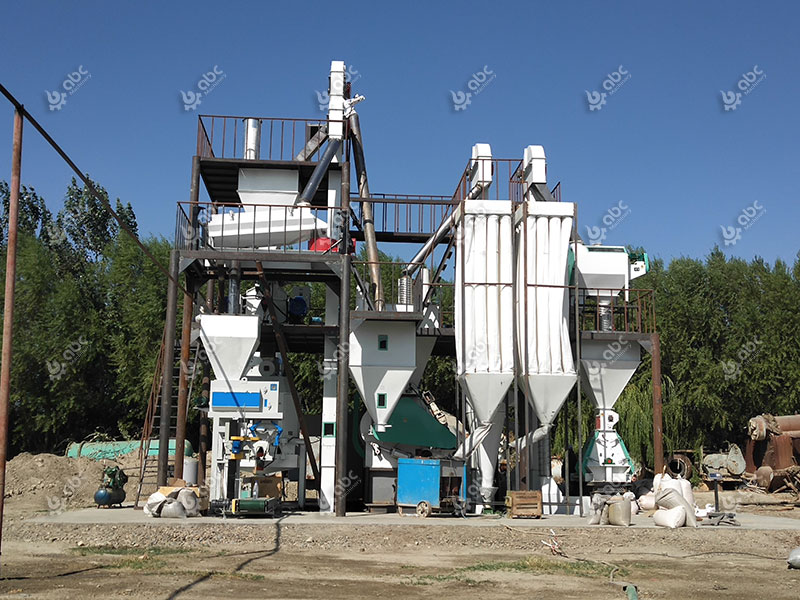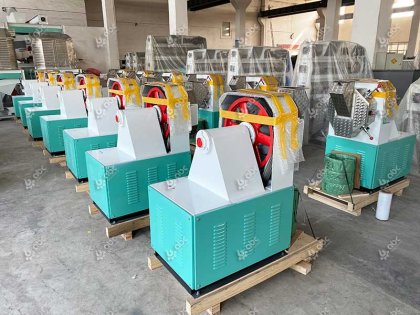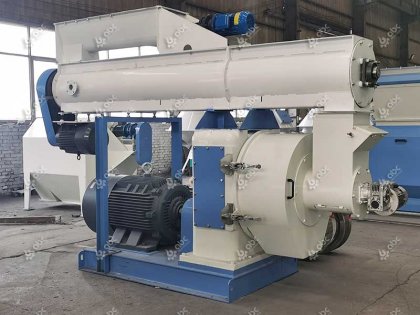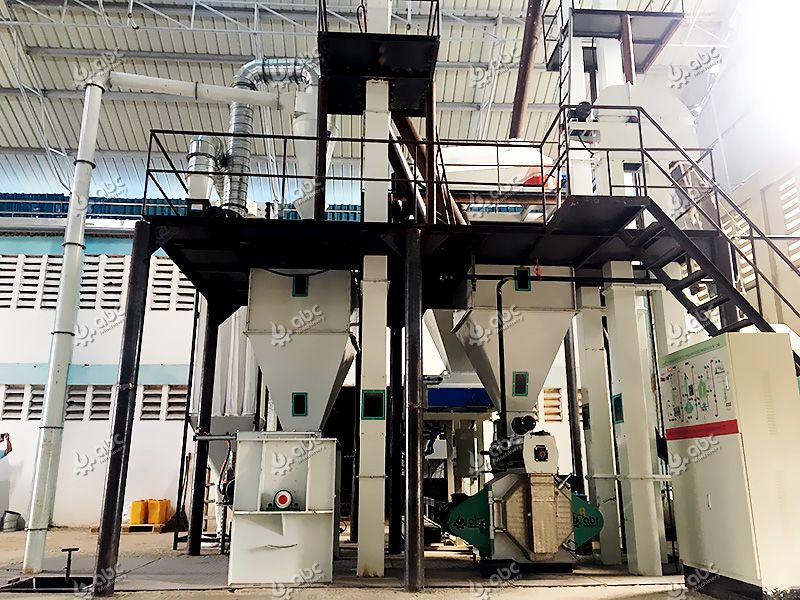In modern aquaculture, floating feed for fish has become increasingly popular due to its balanced nutrition, high digestibility, and efficient feed utilization. It is gradually replacing traditional sinking feed as the mainstream choice. For fish farmers, producing high-quality floating feed efficiently and consistently depends on selecting the right fish feed machine and extrusion process.
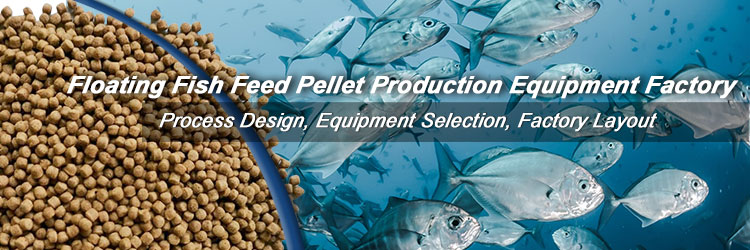
Nutritious Floating Pellets for Fish
This guide will cover the benefits of floating feed, the fish feed production process, equipment selection, and practical solutions.
Advantages of Floating Feed for Fish
Strong Floatability
The main feature of floating feed for fish is its ability to float on the water surface, preventing feed from sinking and reducing waste. Farmers can easily observe fish feeding behavior, improving feed efficiency and optimizing feeding costs.
Balanced Nutrition
Using the extrusion process, raw materials are evenly mixed and cooked under high temperature, ensuring stable levels of protein, fat, vitamins, and minerals. Extruded fish feed is highly digestible and meets the nutritional needs of fish at different growth stages.
High Digestibility
The extrusion process increases starch gelatinization, enhancing nutrient absorption. Compared with ordinary feed, extruded fish feed promotes better growth and reduces waste, which also helps maintain clean water quality.

Balanced Nutrition Floating Feed for Healthy Fish
Water Quality Protection
Floating feed reduces the amount of uneaten feed sinking to the bottom, lowering the risk of water pollution and maintaining a healthy aquaculture environment. This is a key reason why more farmers choose floating feed for fish.
Ensure efficient feeding and healthier fish with ABC Machinery’s floating feed production line. Let us help you reduce waste, cut costs, and boost farm productivity – get your free project consultation now!
Fish Feed Production Process
Producing high-quality fish feed pellets requires a well-structured fish feed production process:
-
Raw Material Grinding and Mixing
Ingredients such as fish meal, soybean meal, and corn meal are ground and mixed to ensure uniform particle size and consistent nutrition.
-
Conditioning and Pre-treatment
A conditioner heats, adds moisture, and applies steam to the raw materials, improving starch gelatinization and preparing them for extrusion.
-
Extrusion and Pelletizing
A fish feed extruder processes the conditioned material under high temperature and pressure, forming expanded, floating feed pellets. Extruder parameters like temperature, pressure, and screw speed are precisely controlled to maintain uniform floating feed for fish size, density, and floatability.
-
Drying and Cooling
After extrusion, fish feed pellets contain high moisture and need to be dried and cooled to improve stability, storage life, and pellet quality.
- Oil and Additive Coating

Upgrade your aquaculture feed plant today – ABC Machinery offers professional design, high-performance machines, and technical support for floating fish feed production.
Why Choose a Professional Fish Feed Extruder?
The fish feed extruder is a key piece of equipment that directly affects feed quality and production efficiency. Different types of extruders have their advantages:
Dry Type Fish Feed Extruder
Compact structure, easy to operate, and cost-effective.
Ideal for small-scale or trial production.
Produces uniform fish feed pellets with stable floatability, suitable for daily feeding and monitoring fish behavior.
Wet Type Fish Feed Extruder
Equipped with a conditioner that injects steam, achieving higher raw material gelatinization.
Produces full, glossy extruded fish feed with longer floating time and higher nutrient absorption.
Suitable for medium to large-scale aquaculture and commercial feed factories, enabling efficient fish feed production.
Dry vs Wet Fish Feed Extruder Comparison
| Feature | Dry Type Fish Feed Extruder | Wet Type Fish Feed Extruder |
|---|---|---|
| Appearance | Compact, easy to operate, uniform pellets | Full, smooth, glossy pellets |
| Floatability | Stable floating, ideal for short-term feeding observation | Long floating time, ideal for extended feeding |
| Digestibility | Balanced nutrition, suitable for small-scale aquaculture | High nutrient absorption, promotes optimal growth |
| Storage | Durable pellets, easy daily storage | Stable, suitable for commercial-scale storage |
| Cost | Flexible investment, ideal for trial or small-scale | High production efficiency, ideal for large-scale production |
Summary:
- Dry Type → Easy operation, uniform pellets, suitable for small-scale or trial fish feed production.
- Wet Type → Full, nutrient-rich pellets, ideal for large-scale commercial aquaculture.

Both types of professional fish feed machine help farmers produce reliable floating feed for fish, improving aquaculture efficiency.
Fish Feed Production Equipment and Process Solutions
To meet different production needs, farmers can choose from various fish feed machines and line configurations:
Small Floating Fish Feed Extruder
Low investment, easy operation, ideal for small to medium farms. Produces stable fish feed pellets efficiently.
Large Automated Production Line
High-capacity, suitable for commercial feed factories, supports large-scale fish feed production.
Customized Process Solutions
Equipment and line design can be tailored to raw material characteristics and output requirements, ensuring high-efficiency production of high-quality extruded fish feed.
These solutions ensure high-quality floating feed for fish production while balancing cost-effectiveness and operational convenience, helping farmers maximize profitability.
Floating feed for fish has become a central choice in modern aquaculture. Selecting the right fish feed extruder and fish feed machine is crucial for producing high-quality feed. Using professional equipment and optimized fish feed production processes allows farmers to achieve consistent results, improve growth performance, and maintain water quality.
If you are considering investing in a fish feed extruder or upgrading your fish feed machine, choose the right equipment and production line configuration to make your fish feed production more efficient and professional.




